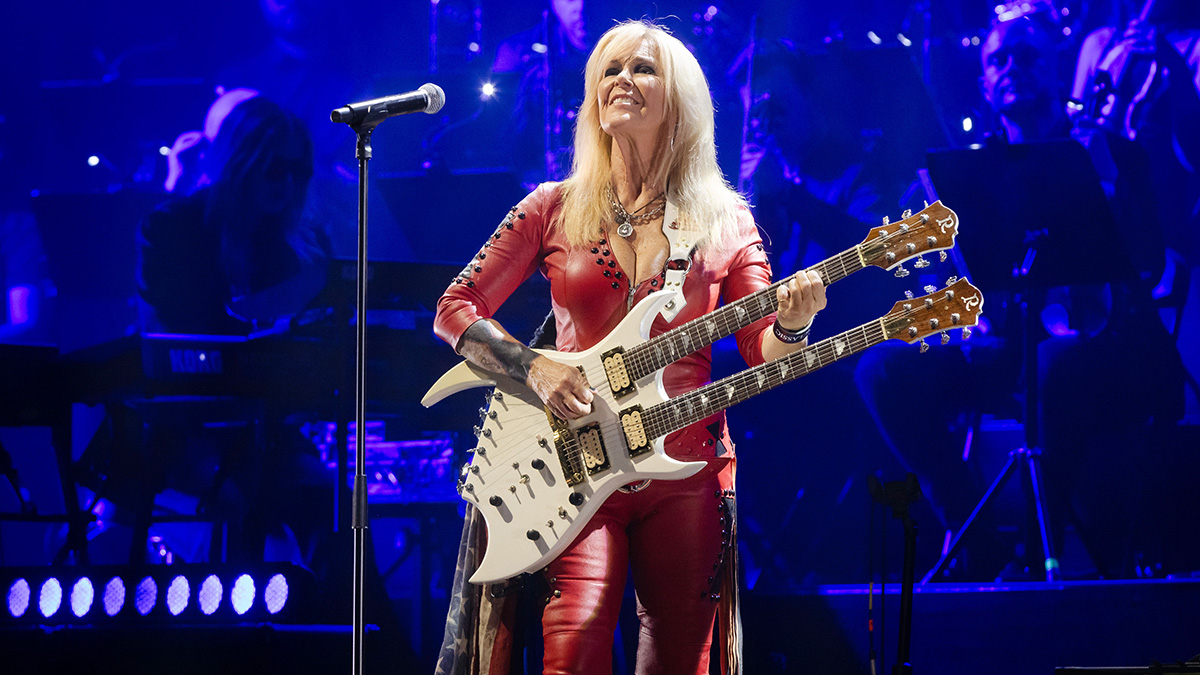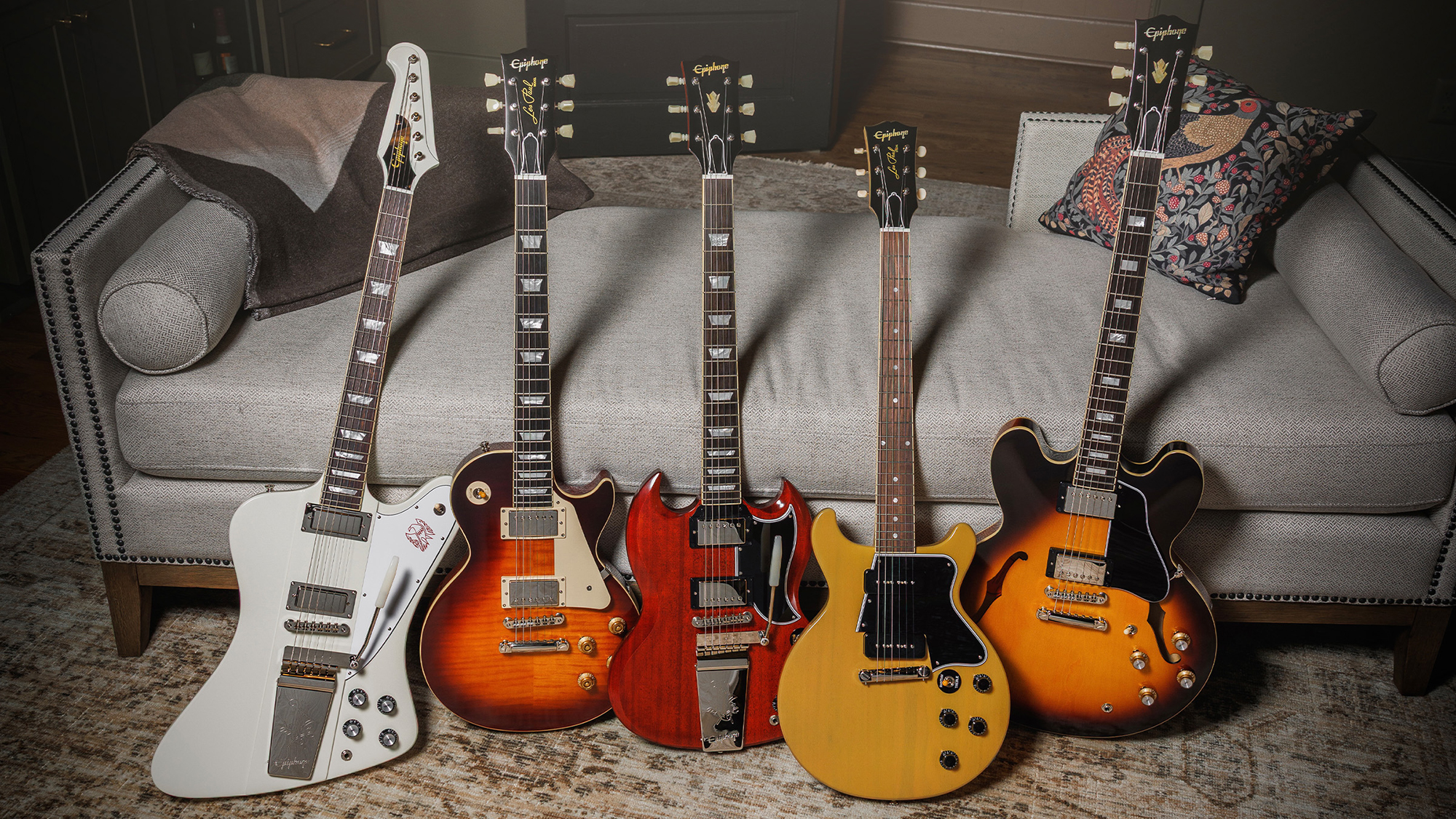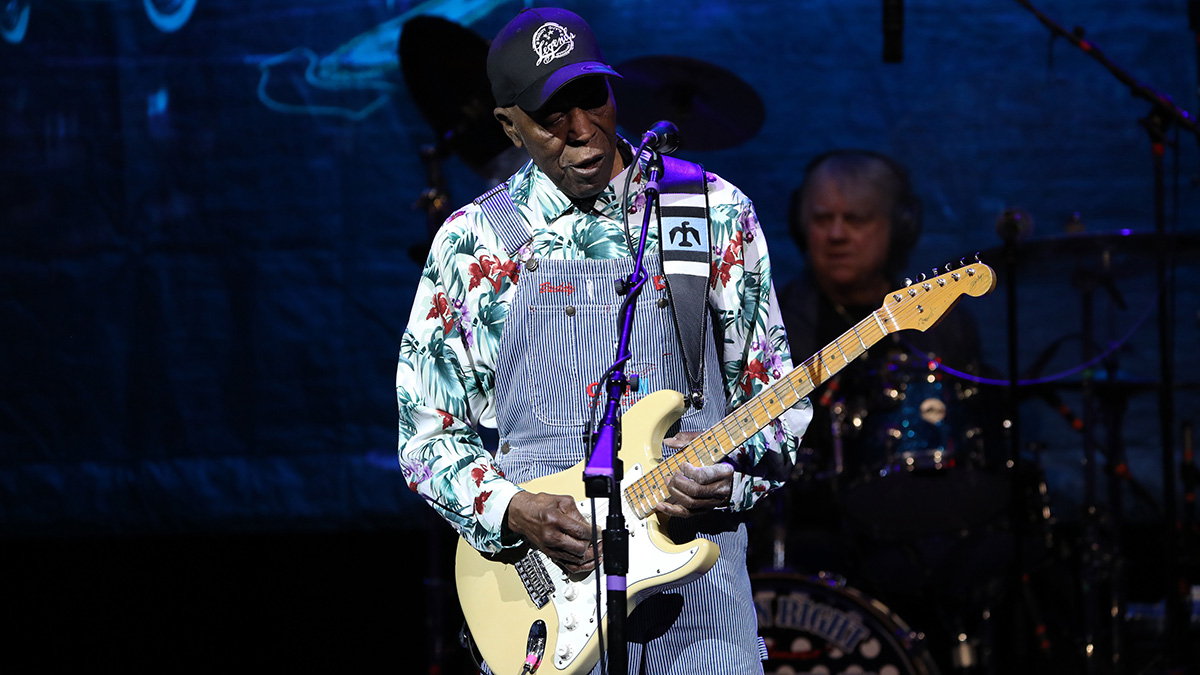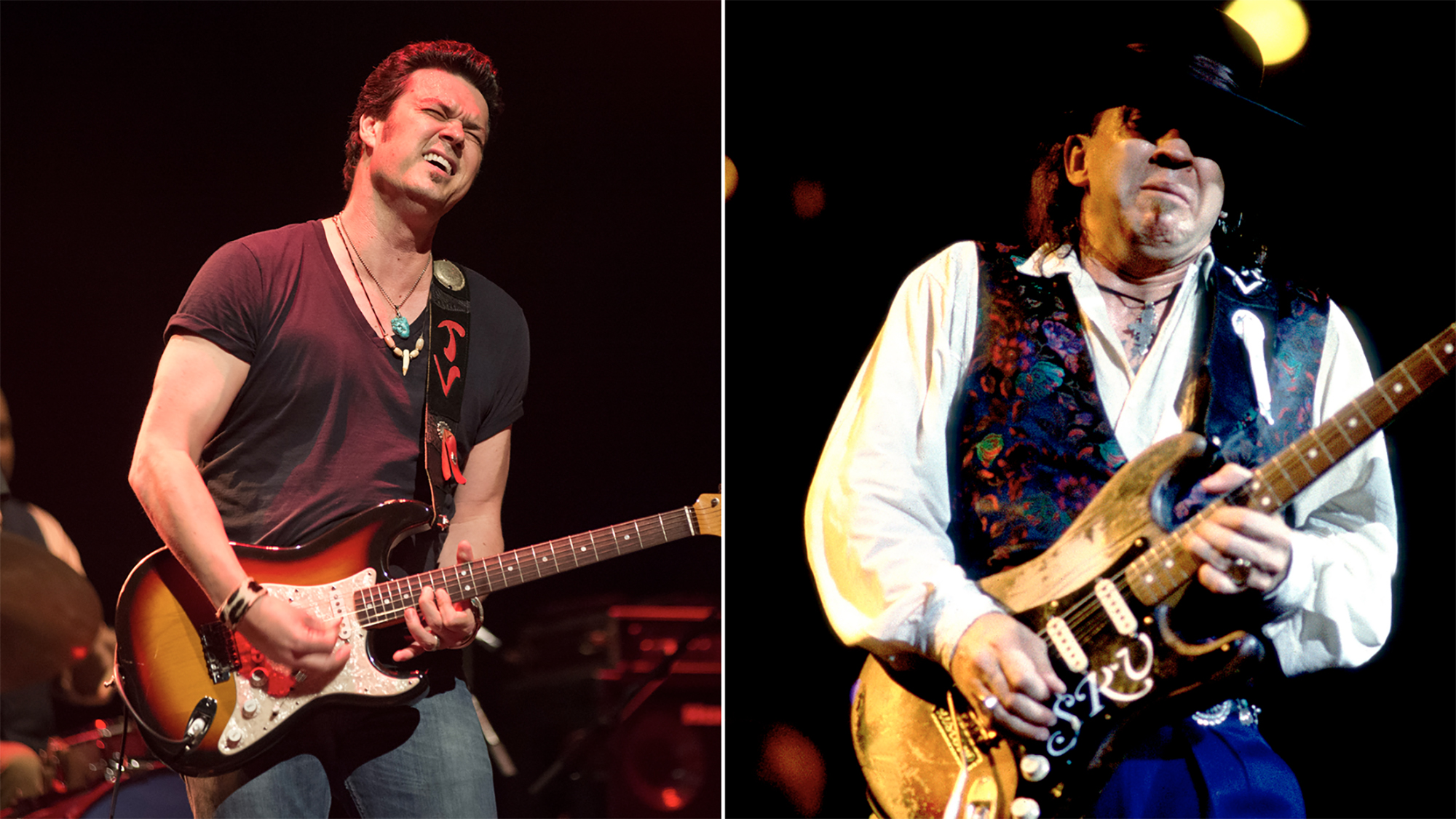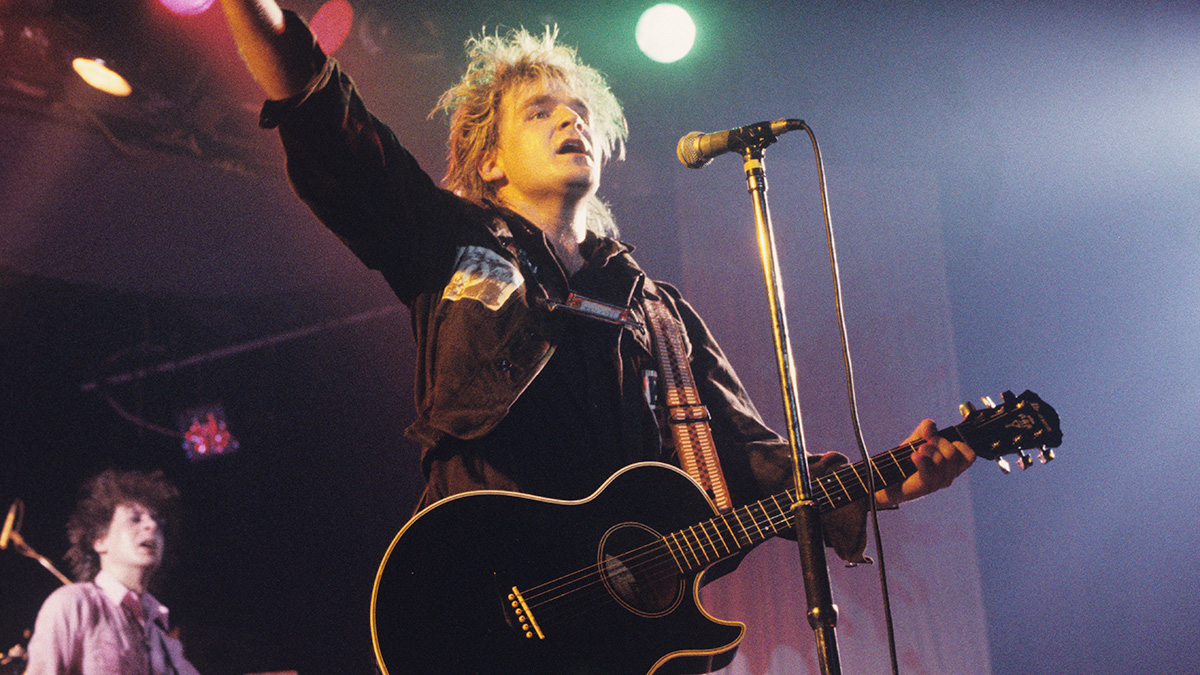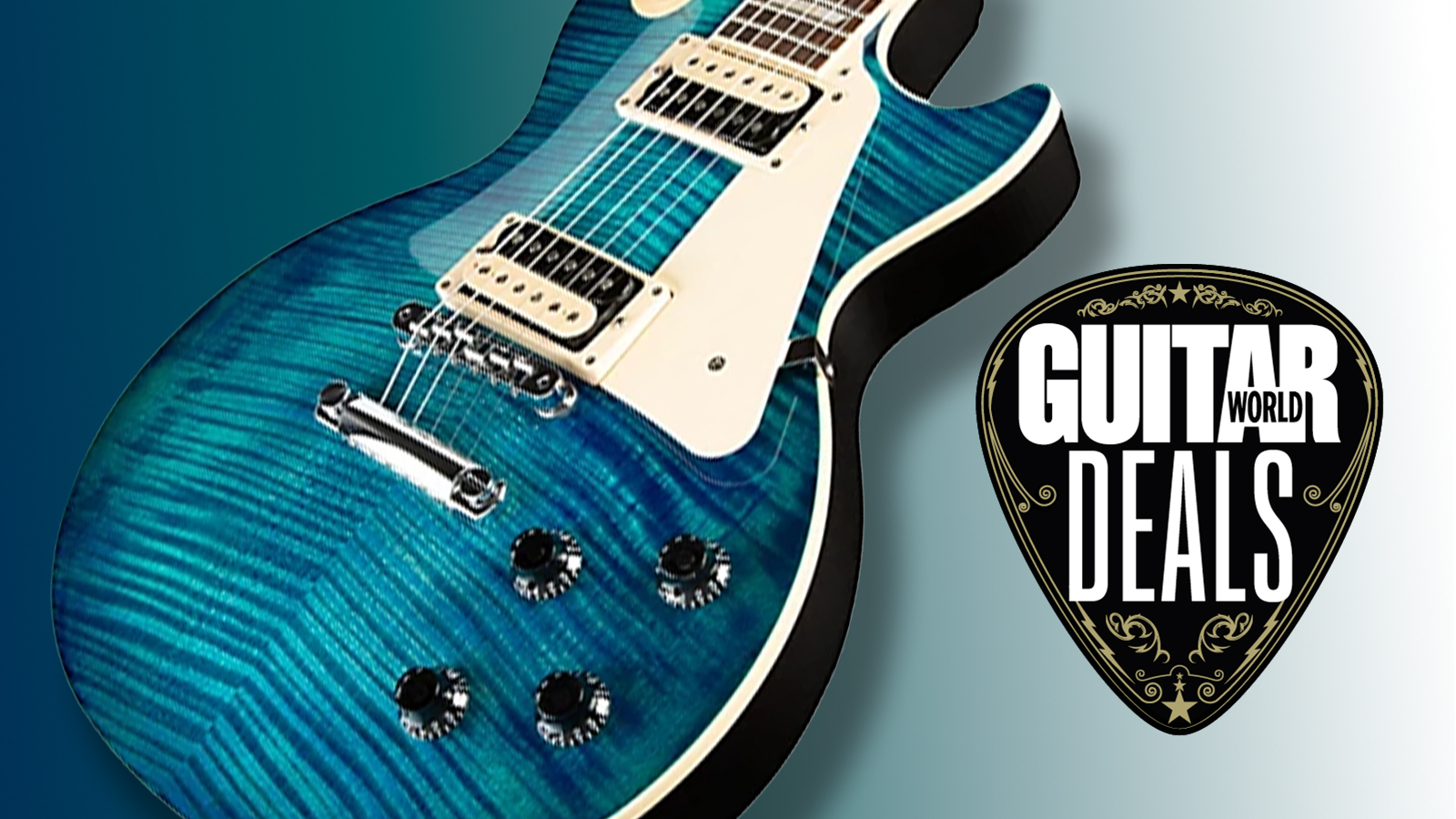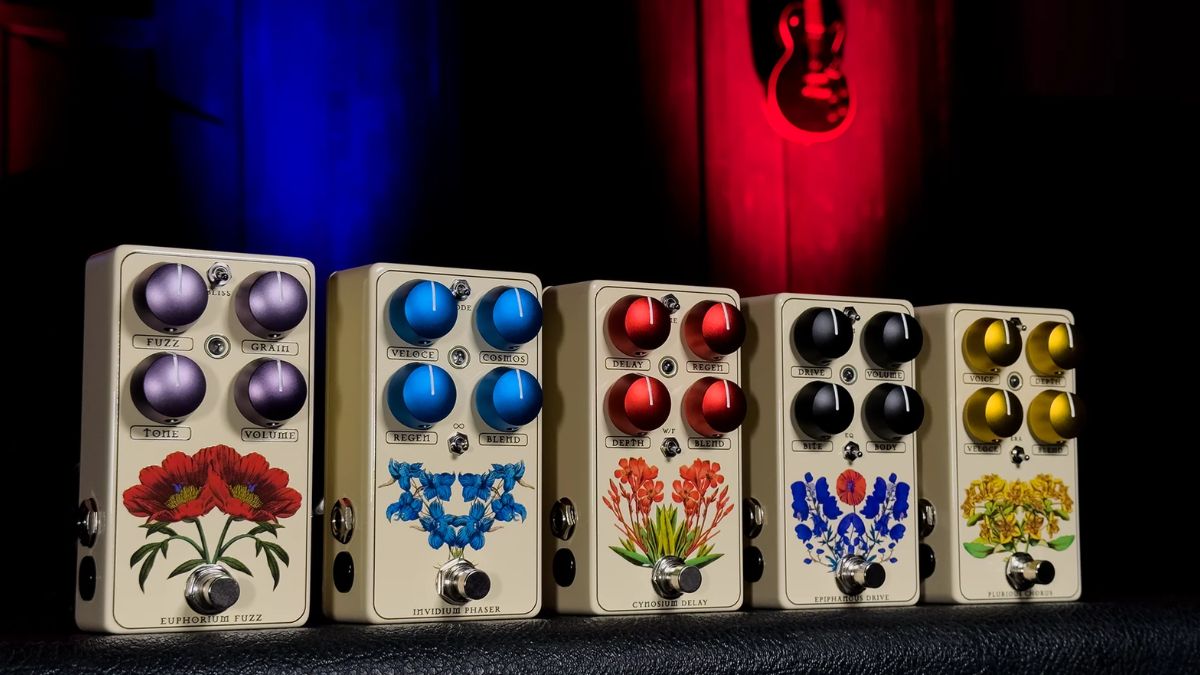“He mostly played bass. I had a ’64 Strat that I got for $200. Tom didn’t really have a good electric, so I let him use that one”: How Mike Campbell and Tom Petty developed their Heartbreakers sound – with the help of some choice early gear picks
Though Petty was in need of a decent electric, the two Heartbreakers quickly landed on a sound that would define their guitar partnership
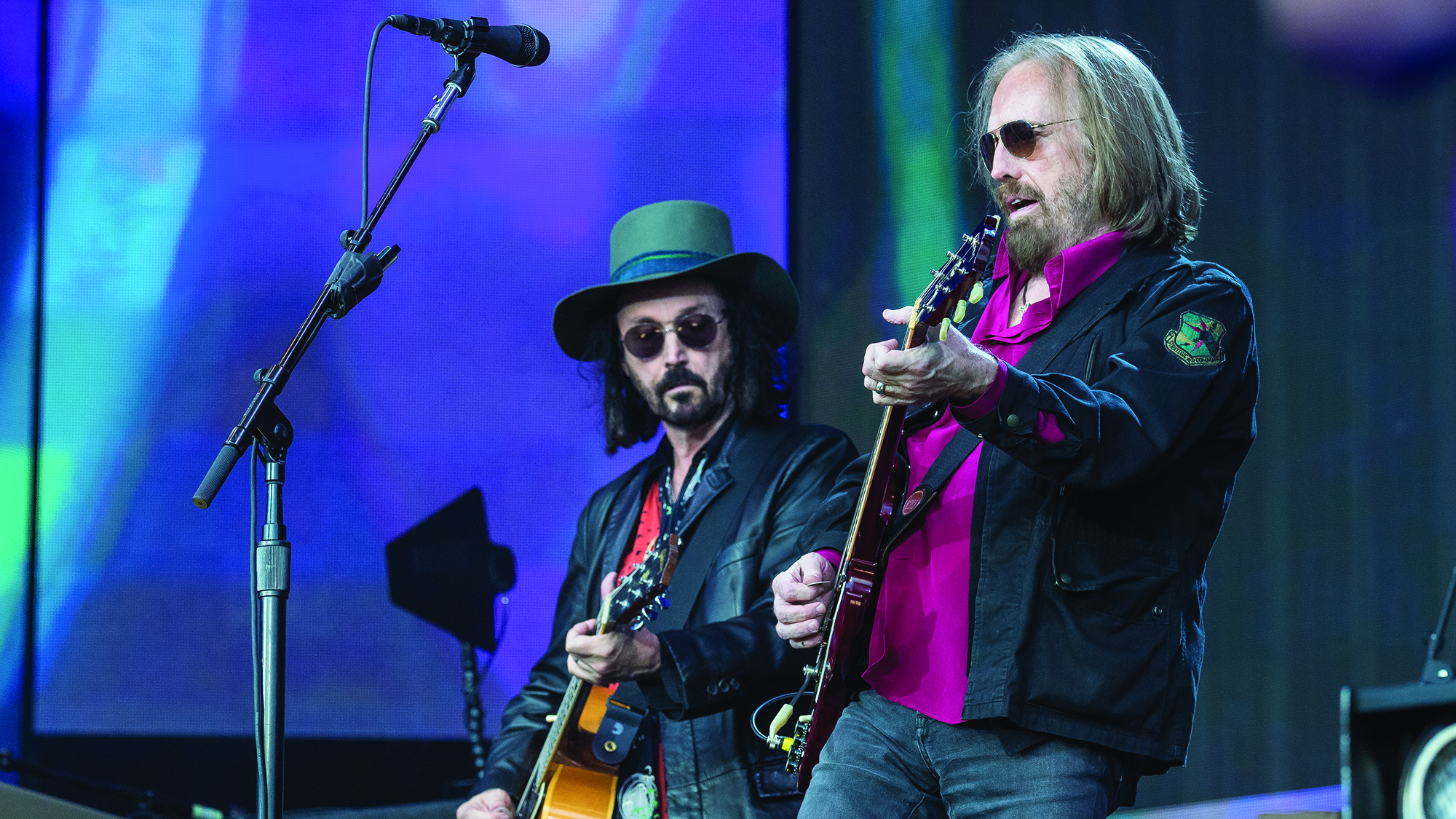
Through their work in The Heartbreakers, band leader Tom Petty and his guitar foil Mike Campbell developed a sound that would define the group’s entire catalog and go down as one of the most celebrated guitar partnerships in rock music.
As it turns out, that particular sound was the result of both the pair’s natural musical chemistry and some off-hand gear choices that were chosen out of a matter of necessity when Petty – who was mainly performing as a bass player when he first met Campbell – was in need of a suitable electric guitar.
“When I first met Tom, he was writing on guitar, but he mostly played bass in the band that we were in, Mudcrutch,” Campbell says in the new issue of Guitarist. “When we got to LA, I had a ’64 Stratocaster that I got for $200, which is now probably worth 200 grand! [laughs] Tom didn’t really have a good electric guitar, so I let him use that one when he switched over to guitar.
“Then I went out and got this Fender Broadcaster from some little shop – I had to put our PA on consignment to afford it [laughs]. I brought those two guitars to the studio, and we really found that sound.”
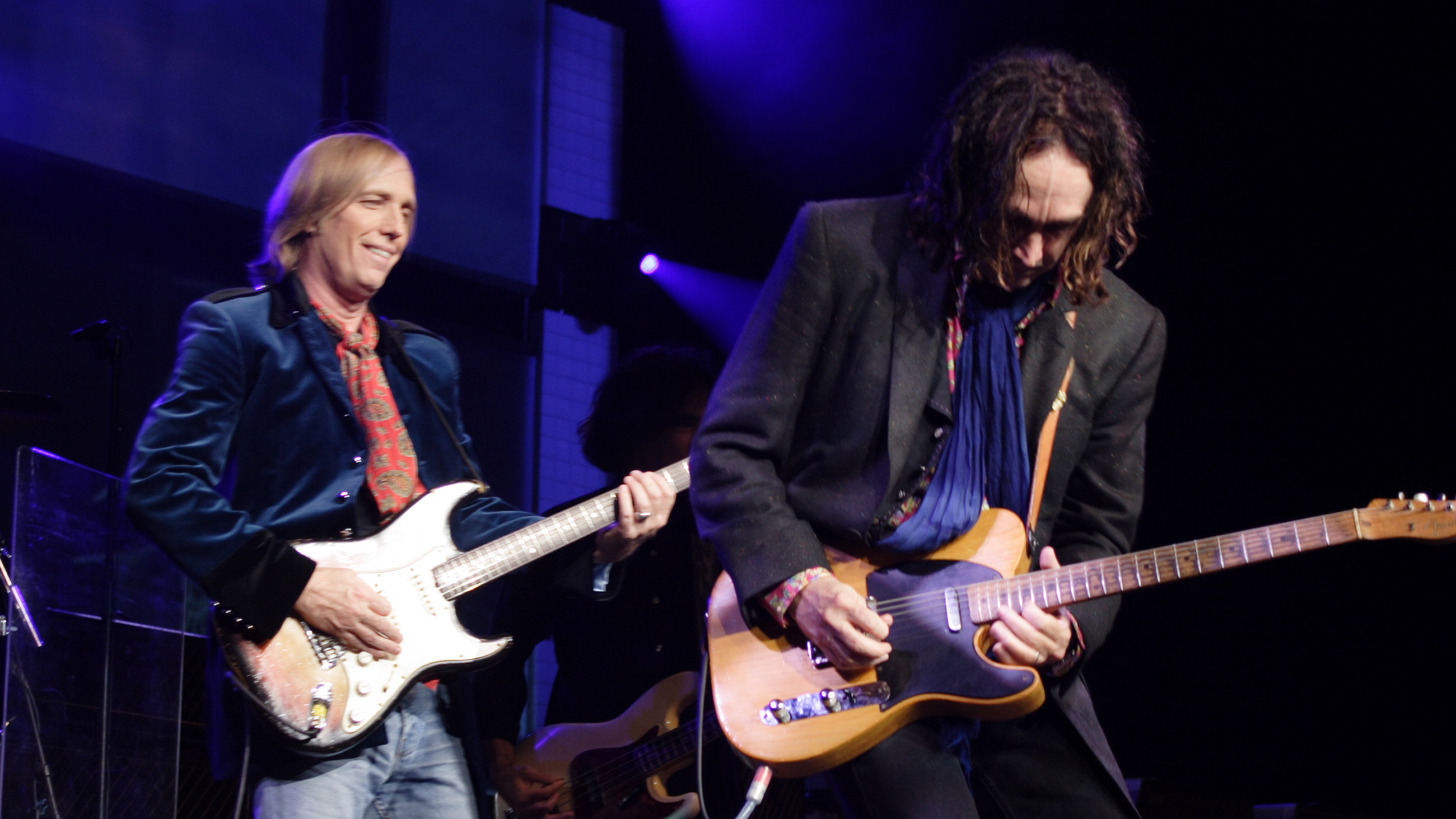
‘That sound’ wasn’t just a case of putting the Stratocaster and the Broadcaster together, though. A lot of it, of course, came down to how the two played, but it was also helped along by how Campbell opted to set up his Broadcaster – which he re-tuned in order to harness the 12-string sound of The Byrds.
“I had the Broadcaster and Tom had the Strat,” he continues. “He was playing Bo Diddley chords, you know, and we wanted to get a 12-string sound on top of it. I love The Byrds, but we didn’t have a 12-string, so on my Broadcaster I played the octaves with a low-D drone to try to sound like a 12-string.
“Suddenly, this harmonic happened that became, to me, the Heartbreaker sound. The way we played guitar, the way I voiced against Tom, we found it on American Girl. It was very exciting when I heard it. I thought, ‘Wow... nobody sounds like this. This is us.’ Those two guitars helped make it happen.”
Get The Pick Newsletter
All the latest guitar news, interviews, lessons, reviews, deals and more, direct to your inbox!
Earlier this year, Campbell opened up on what he brought to the Heartbreakers, and how his particular style affected their music.
“I think I brought a musicality that Tom wasn’t capable of,” he reflected. “I had guitar techniques and musical influences that I could express to him in his songs, or present to him as my music, that he couldn't have done on his own.”
For the full interview with Mike Campbell, head over to Magazines Direct to pick up the latest issue of Guitarist.

Matt is the GuitarWorld.com News Editor. He has a Masters in the guitar, a degree in history, and has spent the last 16 years playing everything from blues and jazz to indie and pop. When he’s not combining his passion for writing and music during his day job, Matt records for a number of UK-based bands and songwriters as a session musician.
You must confirm your public display name before commenting
Please logout and then login again, you will then be prompted to enter your display name.
“I emailed Brian Ball. I was like, ‘Hey, can you just slap six strings on there and a humbucker and send me one?’ He’s like, ‘No, I can’t’”: Cory Wong was on a quest for the perfect humbucker guitar – when an iconic bass design sparked a collaboration
“Dime is in there. I have a big Eddie Van Halen influence. The same goes for Eric Clapton. It all channels back to the blues”: Mark Morton explains why he’s jamming with Grace Bowers and Jason Isbell on his solo album – and those Gibson signature rumors



